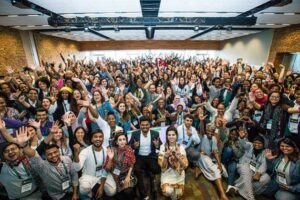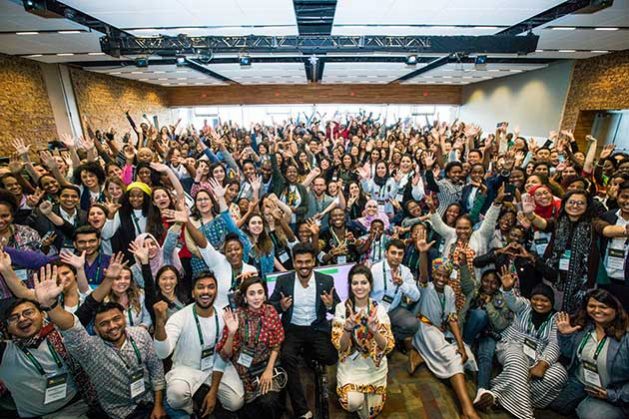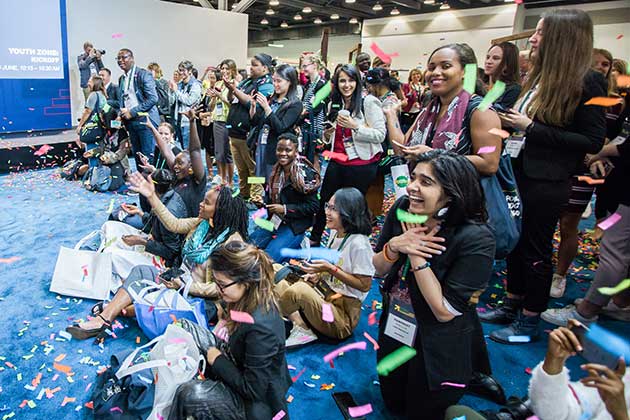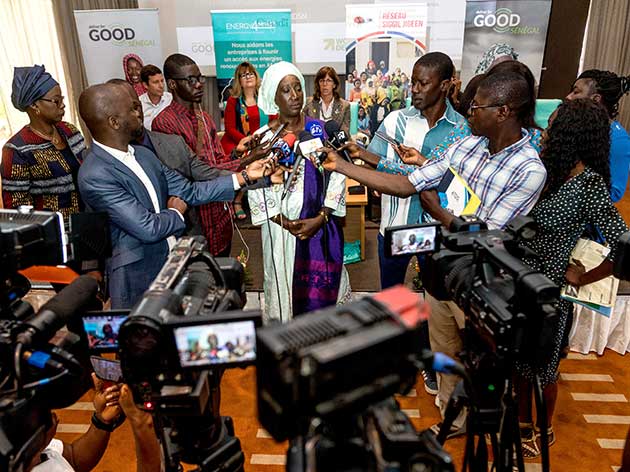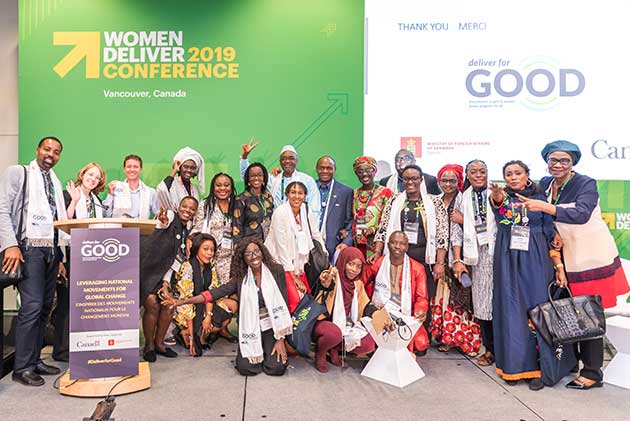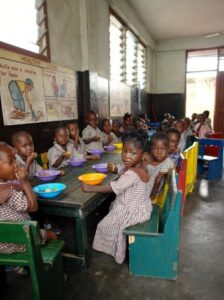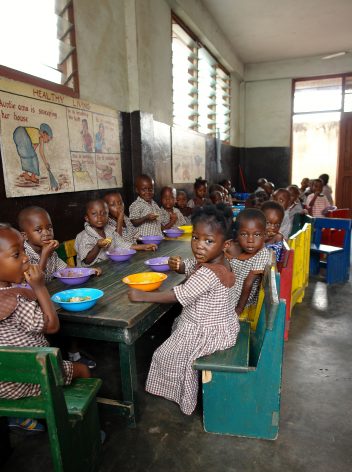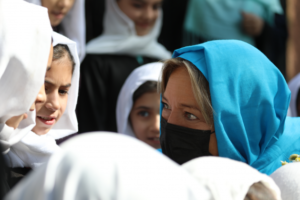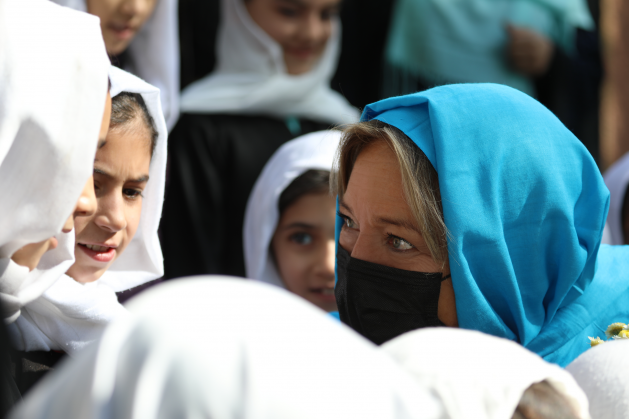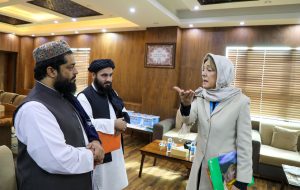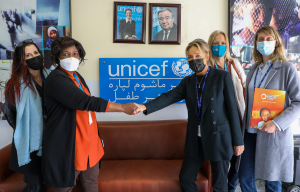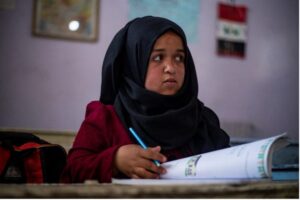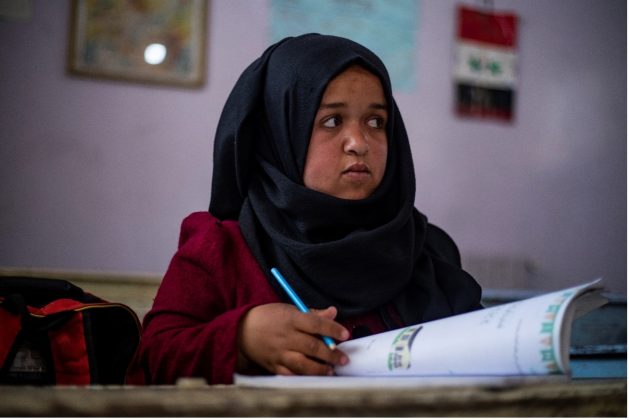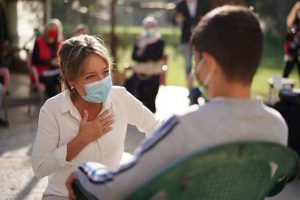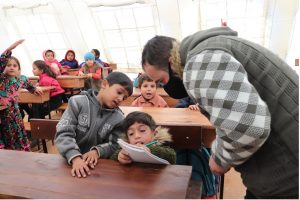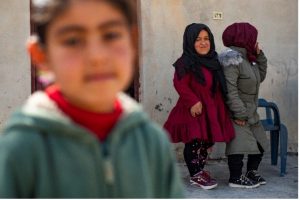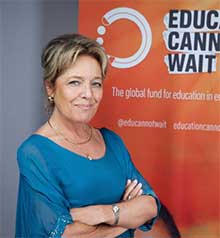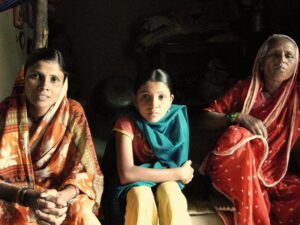
Asia-Pacific, Civil Society, Education, Gender, Headlines, Human Rights, Population, Poverty & SDGs

In India, nearly one-fourth of women aged between 20 and 24 were reported to have been married before 18. Credit: Jaideep Hardikar/IPS
– On December 22, 2021, the Prohibition of Child Marriage (Amendment) Bill, 2021, which seeks to raise the legal age of marriage for women from 18 to 21, was sent to a parliamentary standing committee for further discussion.
The bill is built on the assumption that raising the age of marriage will eradicate the practice of child marriage. However, this rationale doesn’t have any prior evidence to support it, because even when the legal age was set at 18, child marriages continued to take place without any fear of the law. This begs the question: Can legislation alone possibly curb child marriage?
Prevalence of child marriage
Child marriage, according to UNICEF, is defined as “a marriage of a girl or boy before the age of 18, and refers to both formal marriages and informal unions in which children under the age of 18 live with a partner as if married”. It is a consequence of deep-rooted socio-cultural norms and entrenched gender inequalities, which end up disproportionately impacting girls.
In a patriarchal society such as India, girls are often raised with the ultimate goal of marriage. They are confined to the household and not educated or expected to enter the workforce. Thus, until they are married, they are seen as a financial burden by the families, and marrying them off early is not only consistent with tradition but also more economically feasible.
The risk of an extramarital pregnancy—which can endanger marriage prospects and make the girl a financial liability for an indefinite period—also makes child marriage seem to be a solution instead of a problem for many Indian communities.
Thus, even though they’re illegal, child marriages have wide societal sanction. This is evident from the recently released fifth round of the National Family Health Survey, according to which nearly one-fourth of women aged between 20 and 24 were reported to have been married before 18.
The decrease is marginal from the last round of the survey conducted in 2015–16, despite the fact that the existing child marriage law has been in place for over four decades. While there was an impressive drop in child marriages from 2005–06 and 2015–16, this might be attributable to better educational opportunities and other factors rather than the law.
Concerns about the proposed legislation
The proposed legislation to raise the legal marriage age for girls to 21 can have several harmful consequences.
1. Possible misuse of the law
According to a survey by Partners for Law in Development, 65 percent of the cases under the existing child marriage law were in response to elopement (not necessarily involving marriage) and were filed by disapproving parents or families.
These cases would be wrongfully filed to harass the couple, their age or legality of the marriage notwithstanding. Increasing the age to 21 will bring more consenting adults who choose to marry under the threat of such harassment, and could become a tool for people to oppose inter-religious and inter-caste marriages.
2. Disempowerment of women
A 2008 Law Commission report on reforming family law recommended a uniform age of marriage for boys and girls at 18 years and not 21. The reason: If all citizens can vote, enter contracts, be guardians, tried as adults for crimes they commit at 18, why shouldn’t they be allowed to get married as well, regardless of their gender? The new law could curtail the freedom of choice of a greater number of women.
3. Possible increase in sex-selective practices
The current socio-economic system makes people want to marry their daughters as soon as they can or choose not to have a daughter at all. Increasing the legal marriage age without changing patriarchal social norms can result in parents feeling even more ‘burdened’ by what they view as additional responsibility of the girl child, which in turn could lead to an increase in sex-selective practices.
Recommendations
There are several strategies that have worked globally in reducing the incidence of child marriages. Some solutions that might work in the Indian context are discussed below.
1. Bringing about parity in the legal age of marriage
We endorse the recommendation of the 2008 Law Commission to make the legal age of marriage for boys and girls uniform at 18 years and not 21. When individuals can vote at 18, they should also be allowed to choose their partners at this age.
2. Investing in girls’ education
There is clear evidence that allowing girls to complete their education delays marriage and provides them with the opportunity of being financially independent. According to the NFHS-4, the median age of marriage increases from 17.2 years for women with no schooling to 22.7 years for women with 12 or more years of schooling. Education enables them to fulfil their aspirations and live a life of dignity, and affords them the agency to uphold their sexual and reproductive rights in their choice to marry.
Child marriages are closely tied to low levels of education, poverty, and rural residence. The NFHS-4 reveals that girls living in rural areas with little or no education and belonging to the lowest wealth quintile are more likely to be married before they turn 18.
The government must address the barriers to girls’ education by providing a safe environment, improving the quality of education, and making girls’ education a more useful investment for parents.
3. Economic and social empowerment of girls
Investing in the capacity and skill building of adolescent girls is critical for them to realise their economic potential. Financial empowerment often gives individuals a greater say in their households and their own future. It can give girls the ability to say no to early marriage, and the family won’t see them as a liability. Greater attention to creating safe opportunities for paid work among women and girls is also required.
4. Targeted social and behaviour change communication (SBCC) campaigns
To end child marriage, we must make investments in targeted SBCC. Social norms that exclude girls and boys from marriage-related decision-making need to change.
Evaluation findings from the Population Foundation of India’s flagship SBCC initiative ‘Main Kuch Bhi Kar Sakti Hoon’ showed that reinforced messaging brought about increased awareness of the perils of child marriage and a positive shift in the attitude of girls and parents exposed to the programme.
We need more comprehensive SBCC initiatives that are supported by local leadership—including elected representatives, community, and religious leaders—to transform gender stereotypes of submissiveness and institutional discrimination that denies women agency.
5. Policies and programmes that reach the most marginalised
Marginalised communities are more vulnerable to early marriages. According to the NFHS-4, general category women tend to get married at a later age, with the median age of marriage for women aged 25–49 being 19.5 years. This figure is 18.5 years for women from other backward castes, 18.4 for scheduled tribes, and 18.1 for scheduled castes.
We need more policies and programmes that connect girls and young women, and their families, especially from marginalised communities, to financial institutions, education, information, health (including sexual, reproductive, and mental health), and nutrition services.
6. Ensuring registration of marriages
Despite a Supreme Court ruling making registration of marriages mandatory, state governments have done little to implement the verdict. The governments must develop a mechanism to ensure that all marriages (including civil, religious, and customary unions), births, and deaths are mandatorily registered through a system, as a means to track marriages and the age of marriage.
Moreover, action should be taken against those authorising and facilitating child marriages in rural areas.
Any approach to end child marriage needs to be geared towards securing the rights of girls, especially those vulnerable to early marriage. We have to think beyond punitive measures and legislations and transform the patriarchal socio-economic system that fosters child marriages.
ABOUT THE AUTHORS
Martand Kaushik works as a media and communications specialist at the Population Foundation of India.
Alok Vajpeyi is the lead for knowledge management and core grants at the Population Foundation of India.
Poonam Muttreja is the Executive Director of the Population Foundation of India
This story was originally published by India Development Review (IDR)

